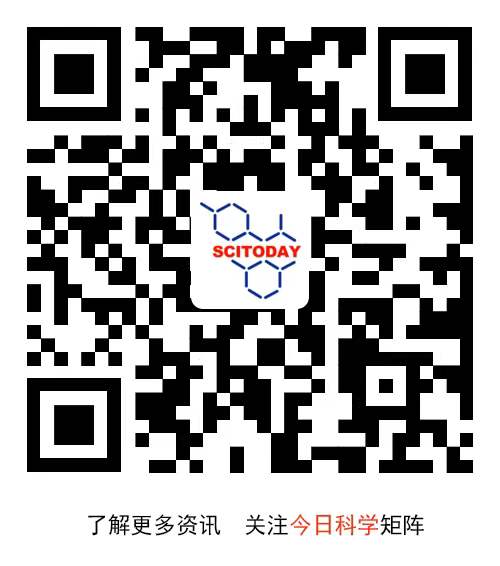可调谐镧系电致发光的电致激子
近日,清华大学韩三阳团队研究了可调谐镧系电致发光的电致激子。2025年11月19日,《自然》杂志发表了这篇成果。
稀土纳米晶在电致发光应用中具有独特优势,包括窄带发射、高色纯度及成分可调的发光特性。然而,其绝缘本性对载流子传输与注入构成挑战,阻碍了在电驱动光电器件中的应用。
研究组通过包覆功能化2-(二苯基磷酰)苯甲酸配体,在绝缘氟化镧稀土纳米晶(4纳米;NaGdF4:X;X=Tb3+、Eu3+或Nd3+)中实现了高效电致发光。这些具有羧基与P=O配位位点的供体-氧化膦受体杂化配体,通过调控配体内电荷转移特性有效敏化了稀土纳米晶的发光。超快光谱研究揭示,配体与纳米晶间的强耦合促进了系间窜越(<1纳秒)及向纳米晶的高效三重态能量转移(达96.7%)。
通过精确调控纳米晶掺杂成分与浓度,研究组在不改变器件结构的前提下实现了广谱多色电致发光,其中Tb3+体系的外量子效率超过5.9%。该配体功能化纳米晶平台为绝缘纳米晶体系中的激子调控提供了模块化策略,为开发光谱精确的电致发光材料开辟了新途径。
附:英文原文
Title: Electro-generated excitons for tunable lanthanide electroluminescence
Author: Tan, Jing, Zhang, Peng, Song, Xiaoqing, Han, Chunmiao, Wang, Feng, Zhang, Jing, Duan, Chunbo, Zhang, Zhilong, Han, Sanyang, Xu, Hui, Liu, Xiaogang
Issue&Volume: 2025-11-19
Abstract: Lanthanide nanocrystals offer unique advantages for electroluminescence (EL) applications, including narrow-band emission, high colour purity and compositionally tunable output1,2,3,4. However, their insulating nature poses a challenge for carrier transport and injection, impeding their application in electrically driven optoelectronic devices5. Here we demonstrate efficient EL from insulating lanthanide fluoride nanocrystals (4nm; NaGdF4:X; X=Tb3+, Eu3+ or Nd3+) coated with a series of functionalized 2-(diphenylphosphoryl)benzoic acids (ArPPOA). These ligands, featuring donor–phosphine oxide acceptor hybrids with carboxyl and P=O coordination sites, effectively sensitize the luminescence of lanthanide nanocrystals by modulating the intraligand charge transfer characteristics. Ultrafast spectroscopic investigations reveal that strong coupling between ArPPOA and lanthanide nanocrystals facilitates intersystem crossing (ISC; <1ns) and highly efficient triplet energy transfer to nanocrystals (up to 96.7%). Through careful control of dopant composition and concentration in nanocrystals, we also achieve wide-ranging multicolour EL without altering the device architecture, reaching an external quantum efficiency exceeding 5.9% for Tb3+. This ligand-functionalized nanocrystal platform provides a modular strategy for exciton control in insulating nanocrystal systems, offering a pathway for spectrally precise electroluminescent materials.
DOI: 10.1038/s41586-025-09717-1
Source: https://www.nature.com/articles/s41586-025-09717-1



